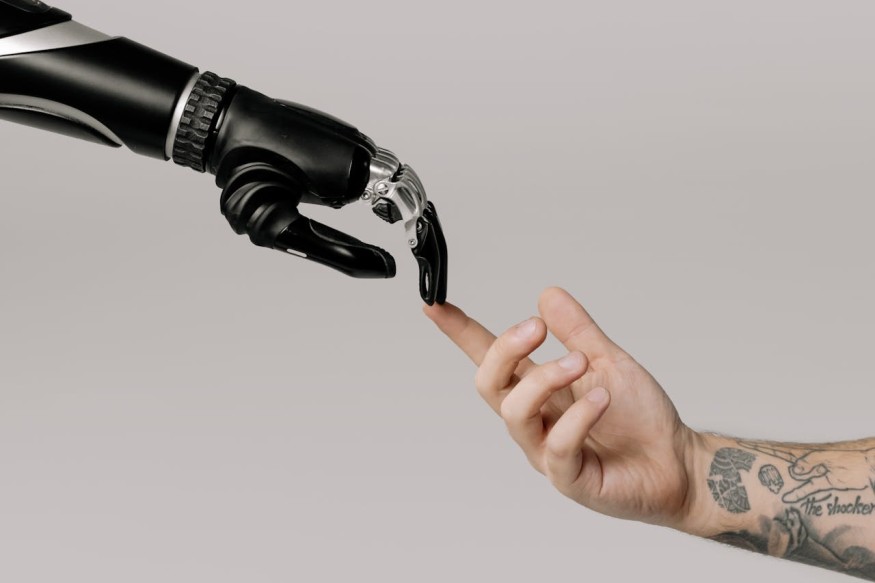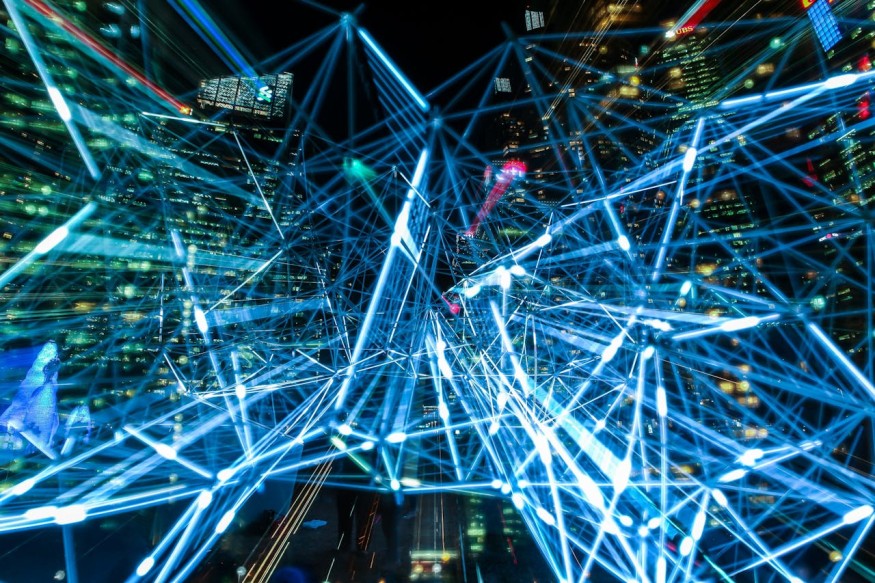
Making far bigger strides than anyone ever imagined, artificial intelligence (AI) has penetrated art in every shape or form. Over the last two years, it has created and uploaded billions of images on user prompts alone, says the Washington Post. However, as AI systems become more sophisticated, questions arise regarding their authenticity compared to human creativity.
In this article, we lay down the basics of human and AI creativity, highlighting their strengths, weaknesses, overlaps, and potential for collaboration. By examining the underlying mechanisms of human cognition and AI algorithms, we aim to provide insights into the intriguing connection between technology and creativity and its accompanying ethical and cultural implications.
Understanding Human Creativity
Human creativity is the remarkable ability of individuals to generate novel ideas, solutions, and expressions that possess value and originality. It encompasses various activities ranging from artistic endeavors to problem-solving in multiple domains.
Mechanisms of creativity
Creativity arises from a complex interplay of cognitive processes, including divergent thinking, associative thinking, pattern recognition, and the ability to depart from conventional norms or constraints. It involves both conscious and subconscious mental activities, often triggered by curiosity, exploration, and exposure to various experiences and knowledge.
Special attributes
Setting human creativity apart is its boundless nature and capacity to overcome boundaries. It is imbued with emotion, intuition, and subjectivity, allowing personal perspectives and interpretations into creations. It drives innovation, progress, and cultural evolution, enabling individuals to envision possibilities beyond existing frameworks and manifest them into reality.
The Emergence of AI Creativity
AI creativity refers to the ability of artificial intelligence systems to generate novel and valuable outputs, such as art, music, literature, or designs. These creations are typically associated with human creativity. However, AI creativity operates through generative models, where algorithms undergo training on large datasets of creative works and learn to produce similar outputs.
With techniques such as neural networks, reinforcement learning, and evolutionary algorithms, AI creativity draws from the following models to produce diverse outputs:
Generative adversarial networks (GANs)
A GANs is composed of a generator and a discriminator as neural networks competing against each other to produce increasingly realistic outputs.
Recurrent neural networks (RNNs)
RNNs are particularly effective for generating sequences, making them suitable for tasks like music composition or text generation.
Deep reinforcement learning (DRL)
DRL frameworks enable agents to learn through trial and error, guiding their creative exploration toward desirable outcomes.
Evolutionary algorithms
These algorithms copy the process of natural selection to evolve solutions iteratively, often used in creative domains like evolutionary art or design.
Contrasting AI and Human Creativity
While AI and humans exhibit creative capabilities, their approaches, limitations, and implications significantly vary. Below are the ten key differences between AI and human creativity and insights into their diverse uniqueness.
Processing speed and capacity
AI creativity operates at unparalleled processing speeds and can handle vast amounts of data simultaneously, whereas cognitive limitations constrain human creativity. AI can analyze and generate creative outputs in fractions of a second, leveraging massive datasets for inspiration.
Lack of emotional context
Human creativity often draws from emotional experiences, cultural contexts, and personal interpretations. AI lacks emotional understanding and relies solely on algorithms and patterns derived from data. Hence, AI may produce creative outputs devoid of emotional depth or subtlety.
Adaptability and learning
While AI can learn from past iterations and adapt its creative processes accordingly, human creativity possesses greater adaptability and flexibility. Humans can creatively respond to novel situations, make intuitive leaps, and incorporate feedback in ways that current AI systems struggle to emulate.
Originality vs. Iteration
Human creativity often emphasizes originality and novelty, whereas AI creativity tends to iterate upon existing patterns and datasets. AI-generated creative products may exhibit more similarity to their training data, limiting their capacity for groundbreaking or unconventional creations.
Intentionality and consciousness
Human creativity is driven by conscious intentions, desires, and aspirations, while AI lacks true consciousness or intentionality. AI-generated creative works emerge solely from programmed algorithms and statistical patterns, devoid of subjective experiences or personal motivations.
Conceptual understanding
Human creativity benefits from a deep understanding of abstract concepts, metaphorical thinking, and symbolic representation. AI struggles to grasp complex conceptual frameworks and often produces creative outputs that lack profound conceptual depth or symbolic significance.
Contextual interpretation
Humans possess a nuanced understanding of contextual cues, subtexts, and socio-cultural influences that shape creative expression. AI may misinterpret context or produce culturally insensitive content due to its reliance on statistical correlations rather than nuanced comprehension.
Serendipity and serendipitous discovery
Human creativity frequently involves serendipitous discoveries, chance encounters, and unexpected insights. AI lacks the capacity for true serendipity, as its creative outputs are deterministic and driven by predefined algorithms rather than spontaneous inspiration.
Subjective evaluation
Human creativity is often evaluated subjectively, considering emotional resonance, aesthetic appeal, cultural relevance, and other factors. AI-generated creativity can be objectively assessed based on predefined metrics such as algorithmic novelty, coherence, and statistical significance.
Ethical and moral considerations
Human creativity is intertwined with ethical, moral, and philosophical considerations, reflecting societal values and ethical frameworks. AI lacks inherent ethical understanding and may produce creative outputs that inadvertently perpetuate biases or ethical dilemmas in its training data. Ethical oversight and guidance are essential to ensure responsible AI creativity.
What Lies Ahead for AI Creativity

As AI advances, the boundary between AI and human creativity may blur further. Future developments in AI could lead to more sophisticated systems capable of comprehending human emotions, preferences, and cultural contexts. These advancements can enhance the authenticity of AI-generated content. However, the quest for authenticity in AI creativity raises questions and implications across society.
Ethical considerations
Ethics surrounding intellectual property rights, attribution, and accountability become increasingly complex as AI systems evolve to create content virtually indistinguishable from human creations. The issue of transparency gains prominence, demanding clear differentiation between AI-generated and human-generated content.
Additionally, ensuring fairness in distributing recognition and rewards for AI-generated works poses a significant ethical challenge. As AI becomes more pervasive in creative endeavors, establishing and upholding ethical standards to govern its use becomes critical to maintaining trust and integrity within the creative community.
Cultural impact
In a LinkedIn report, the AI art market can grow by 40.5 percent yearly from 2023 to 2032. As AI algorithms influence the creation of visual art, music, and other forms of cultural expression, they may shape artistic norms, redefine aesthetic preferences, and even contribute to changing cultural identities.
It is essential to monitor and mitigate any homogenizing effects of AI-generated content on cultural diversity and heritage. Preserving and celebrating the richness of various cultural traditions and artistic expressions becomes essential to safeguarding cultural integrity in the face of AI-driven innovation.
Commercialization of AI art
The commercialization of AI art presents unique challenges. Unlike traditional art forms, AI-generated creations are not copyrightable, as ruled by the U.S. Copyright Office in 2023. Yet entrepreneurs are eyeing the sale of AI-generated art as if it were their own.
The intrinsic freedom of individual states to establish their own legal frameworks falls short in this scenario, as AI is universally recognized as algorithmic, not human-made. Consequently, even the best registered agent in Texas, New York, or any other part of the country cannot officially register an AI art business.
Ownership claims over AI-generated art lack legitimacy due to its non-copyrightable nature, challenging the very notion of ownership in this burgeoning field.
Human-AI collaboration
Rather than viewing AI as a threat to human creativity, there exists vast potential for collaboration between humans and AI. By harnessing AI as a creative tool or assistant, humans can enhance their creative processes, test new avenues of exploration, and push the boundaries of artistic innovation.
AI algorithms can aid artists, writers, musicians, and creators in generating ideas, refining techniques, and overcoming creative blocks. Embracing collaborative approaches to creativity bolsters individuals' ability to leverage the strengths of both human intuition and AI computational prowess, creating a thriving and evolving creative space.
© 2025 ScienceTimes.com All rights reserved. Do not reproduce without permission. The window to the world of Science Times.












